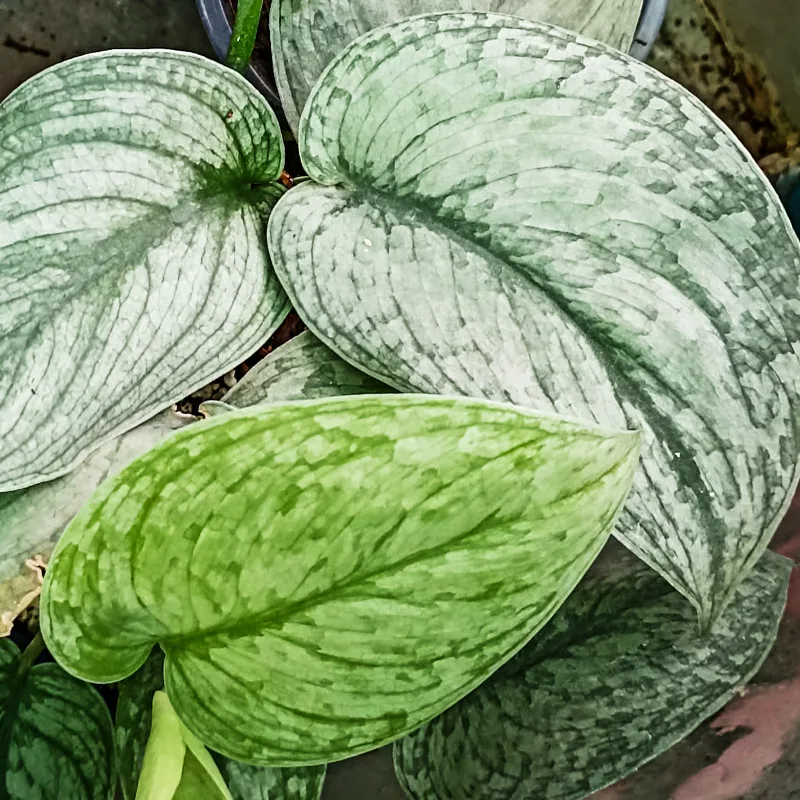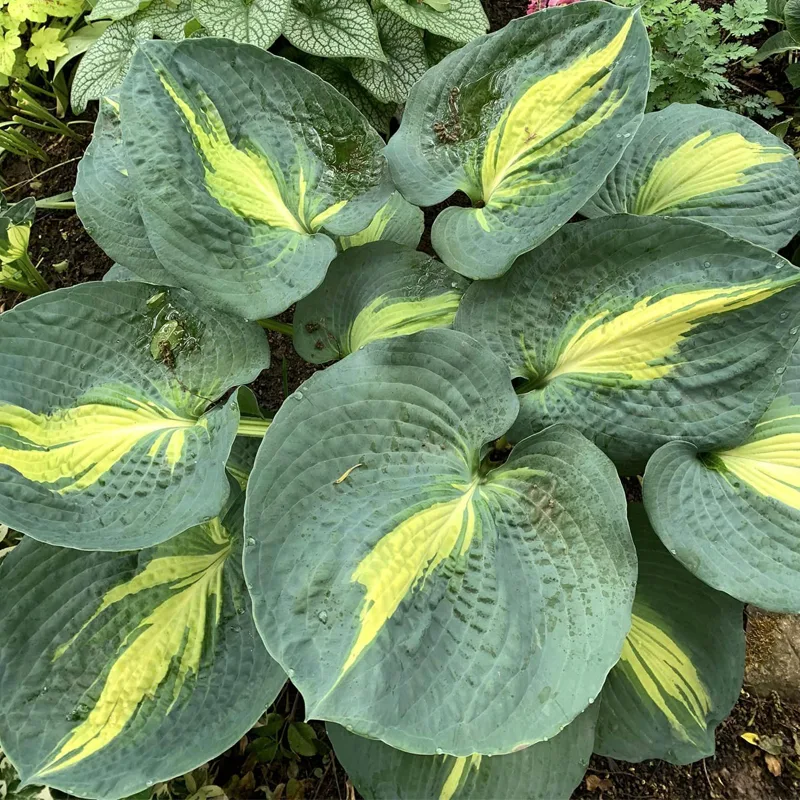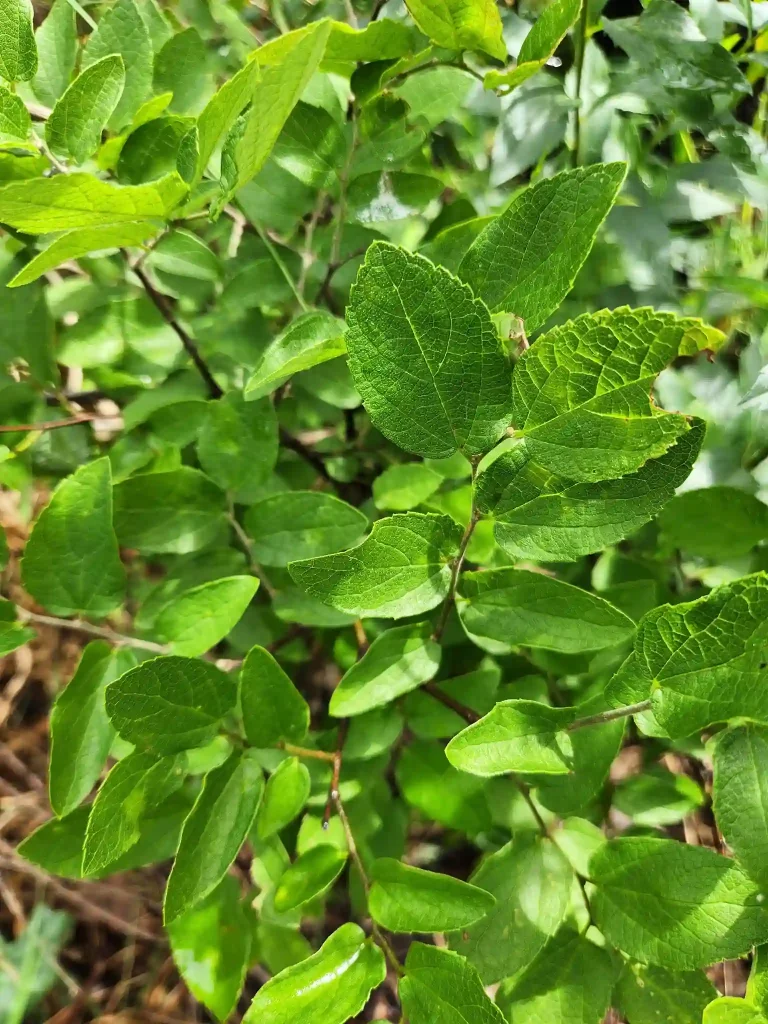What is Uncaria Tomentosa?
Uncaria Tomentosa, commonly known as Cat’s Claw, belong to the Rubiaceae family, is a woody vine native to the Amazon rainforest and other tropical areas of Central and South America. This plant is renowned for its distinctive hooked thorns, which resemble a cat’s claw, hence the name. In traditional medicine, it’s used for various health benefits due to its rich composition of alkaloids, flavonoids, and other active compounds.
Plant Family: 616 Genera in Rubiaceae – Coffee Family
What is Uncaria Tomentosa Used For?
Uncaria Tomentosa is primarily used for its purported medicinal properties. It is commonly employed in traditional medicine to boost the immune system, fight inflammation, and improve digestive health. Some studies suggest that it may help with conditions like arthritis, digestive issues, and even certain infections due to its potential anti-inflammatory and antioxidant effects. Additionally, it is often used as a herbal supplement for its potential to enhance overall well-being and vitality.
Can You Eat the Uncaria Tomentosa Fruit?
The fruit of Uncaria Tomentosa is not typically consumed. It’s the bark and root of the plant that are most commonly used in herbal remedies. The fruit itself is not known to have significant medicinal properties and isn’t a part of traditional uses of the plant. Therefore, it’s best to stick with the more commonly used parts of the plant for any therapeutic purposes.
Is There Any Food That Contains Cat’s Claw Uncaria Tomentosa?
Cat’s Claw is not commonly found in food products. Instead, it is usually available in dietary supplements such as capsules, powders, and tinctures. It’s primarily used in these forms to take advantage of its potential health benefits. If you’re looking to incorporate Uncaria Tomentosa into your regimen, it’s best to look for reputable herbal supplement brands rather than expecting to find it in everyday foods.
Is Uncaria Tomentosa a Blood Thinner?
Uncaria Tomentosa is not typically classified as a blood thinner. However, due to its potential effects on blood circulation and inflammation, it might have mild blood-thinning properties. If you are on blood-thinning medication or have concerns about blood clotting, it’s crucial to consult with a healthcare professional before using Uncaria Tomentosa.
Is Uncaria Tomentosa a Noxious Weed in California?
In California, Uncaria Tomentosa is not listed as a noxious weed. However, it’s always wise to check local regulations and guidelines regarding plant species, as invasive or potentially problematic plants can sometimes be subject to management or control measures. Generally, Uncaria Tomentosa is not considered a major invasive species in the state.
What is the Inner Bark of Uncaria Tomentosa?
The inner bark of Uncaria Tomentosa is the part of the plant most often used for its medicinal properties. This section of the bark contains a high concentration of the plant’s beneficial compounds, including alkaloids and glycosides. It is typically harvested, dried, and processed into various forms such as teas, capsules, and extracts to harness its therapeutic potential.
Uncaria Tomentosa vs Uncaria Guianensis
Uncaria Tomentosa and Uncaria Guianensis are two different species of the same genus and are often confused due to their similar names and uses. While both have been used in traditional medicine, they possess different chemical profiles and potential benefits. Uncaria Tomentosa is more widely recognized and researched for its health benefits, whereas Uncaria Guianensis is less commonly used and studied. When considering herbal remedies, it’s important to ensure you are using the correct species for your specific needs.
How to Care for Uncaria Tomentosa
Caring for Uncaria Tomentosa involves providing the right environmental conditions. This plant thrives in warm, humid environments with indirect sunlight. It prefers well-draining soil and regular watering, but be cautious of overwatering, which can lead to root rot. In cooler climates, it’s best to grow it indoors or in a greenhouse to mimic its native tropical conditions.
How to Propagate Uncaria Tomentosa
Propagation of Uncaria Tomentosa is typically done through cuttings. To propagate, take a healthy cutting from a mature plant and place it in a pot with well-draining soil. Keep the soil moist and provide a warm, humid environment to encourage root growth. Once roots have developed, you can transplant the new plant into its permanent location.
What to Plant With Uncaria Tomentosa
Uncaria Tomentosa can be planted alongside other tropical or subtropical plants that have similar care requirements. Companion plants might include other vines, tropical ferns, or shade-loving plants that thrive in high humidity and indirect light.
Can You Grow Uncaria Tomentosa Indoors?
Yes, Uncaria Tomentosa can be grown indoors, especially in cooler climates where outdoor growth is not feasible. To grow it indoors, provide a warm, humid environment and place it in a location with bright, indirect light. Regular misting and humidity control can help replicate its natural tropical habitat.
Is Uncaria Tomentosa Toxic?
Uncaria Tomentosa is generally considered safe when used as directed. However, like any herbal supplement, it can cause side effects in some individuals. It’s important to use it under the guidance of a healthcare professional, especially if you have underlying health conditions or are pregnant or breastfeeding.
Benefits of Uncaria Tomentosa
The potential benefits of Uncaria Tomentosa include immune system support, anti-inflammatory effects, and antioxidant properties. It may also help with digestive health and joint pain. However, more research is needed to fully understand its benefits and efficacy.
Common Problems with Uncaria Tomentosa
Common issues with Uncaria Tomentosa include susceptibility to pests and diseases if grown in unsuitable conditions. Overwatering can lead to root rot, while inadequate humidity can stunt growth. Regular monitoring and proper care can help mitigate these problems.
In summary, Uncaria Tomentosa is a fascinating plant with a range of potential uses and benefits. Whether you’re interested in its medicinal properties or considering growing it yourself, understanding its care requirements and proper usage can help you make the most of this unique plant.
If i die, water my plants!



